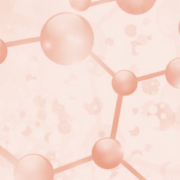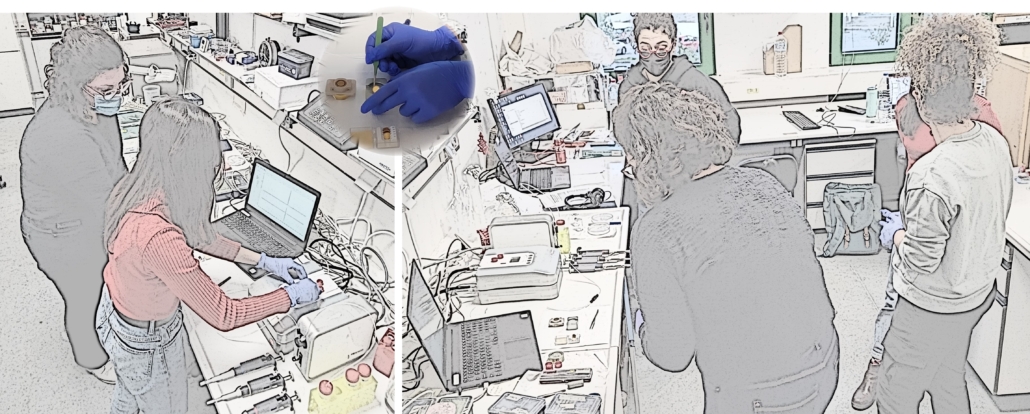Surface Acoustic Wave Immunosensor for Detection of Botulinum Neurotoxin
Authors: Michał Grabka, Krzysztof Jasek and Zygfryd Witkiewicz
Journal: Sensors (2023)
Abstract
A Love-type acoustic wave sensor (AT-cut quartz substrate, SiO2 guiding layer) with a center frequency of approximately 120 MHz was used to detect a simulant of pathogenic botulinum neurotoxin type A—recombinant of BoNT-A light chain—in liquid samples. The sensor was prepared by immobilizing monoclonal antibodies specific for botulinum neurotoxin via a thiol monolayer deposited on a gold substrate. Studies have shown that the sensor enables selective analyte detection within a few minutes. In addition, the sensor can be used several times (regeneration of the sensor is possible using a low pH buffer). Nevertheless, the detectability of the analyte is relatively low compared to other analytical techniques that can be used for rapid detection of botulinum neurotoxin. The obtained results confirm the operation of the proposed sensor and give hope for further development of this label-free technique for detecting botulinum neurotoxin.

You may read the full paper here.
Surface Acoustic Wave Immunosensor for Detection of Botulinum Neurotoxin





